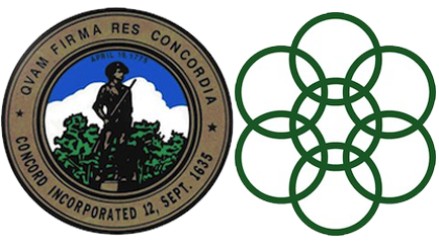By Ben Mirin, CIR
It has been roughly 35 hours since Japan suffered from a magnitude 8.9 earthquake, the largest in the country’s recorded geological history. Looking at the fault lines, it seems as if things are not over yet.
Indeed, as I write this I can feel recurring tremors in my apartment building in Nanae. My door is open, my gas is turned off, my shelves are bare, and in a horrible transgression against Japanese etiquette…I’m wearing outside shoes indoors.
After a night of driving through Hakodate’s back roads with a tsunami at my back, I returned to the front lines this afternoon to provide an eyewitness account of the damage and ongoing cleanup efforts underway in the city’s waterfront district.
The streets were, and still are, filthy. Storefronts within 2000 feet of the water were in complete disarray as storeowners, government workers, and Hakodate volunteers trudged through muck and piles of destroyed merchandise. These piles were diverse: piles of dead or dying seafood from ruined fish markets punctuated a parade of ruined furniture, plastic bags filled with wet clothes, and fragments of shattered architecture. King crabs worth 18,000 Yen were piled, worthless, in heaps upon overturned wooden crates. Even the noble squid–for which Hakodate is famous worldwide–could be seen lying dead on the pavement.
After a tour through the markets themselves, I walked down to the water’s edge. In contrast to areas further inland, Toyokawa wharf was virtually empty. Occasional groups of teenagers roved past, touring the docks at their leisure, but for the most part I was alone. After about 20 minutes I came upon a small cleanup crew near a construction site by the waterfront warehouses. There I shot the following video, the fourth in my series from today:
You can see more of my live videos at qik.com/benmirin. I will soon add new photographs from yesterday and today to this site’s photo gallery, via my Flickr Photostream. For the most up-to-date news, follow me on twitter: @benmirin.
To all of my readers, and especially those in Nanae’s sister city Concord, Massachusetts, relief and cleanup efforts are still underway in Hakodate and other coastal towns, and there are many ways you can help. I implore you to contact me with any questions you might have, or if you are interested in becoming involved with the recovery efforts in Hakodate. This crisis is far from over, and every part of Japan is suffering from the reverberations of yesterday’s terrible tragedy.
Please consider leaving a comment on this post in the comment section below, or subscribing to the RSS feed to have future articles delivered to your feed reader.
To submit suggestions for future content, please email concordnanae@gmail.com. Thank you for visiting ConcordNanae.org.


Dear Ben,
You are doing a great job in keeping us briefed on what is happening as well as being there to be of great help to everyone. It is close to 50 degrees here in Concord today and the snow just keeps melting! You all are in our thoughts and prayers!
Betty Ann and Rick
Ben, On behalf of my family here in CA concerned about family in Japan, thank you for the updates on Hakodate. Steve
Hi,
I found your link on the internet. It’s the only news I can find at the moment for Hakodate. My mother’s family is from this area. Thank you for the udpates!
Cecilia
Hi Ben,
I had been following your interesting – and often amusing – posts from time to time, but mostly checked in a few days ago, because I was wondering how you were. I am glad to know you are ok, and I am so impressed with the reporting you are doing on this catastrophe.
Someone in my chorale (Boston Cecilia) has family in Sendai, and she is in the process of organizing a relief concert.
Take care,
Deborah
Hi
This is the only information I have seen about the tsunami in Hokkaido.
I lived in Hakodated in the early 80’s as an exchange student and the city is very dear to me.
Thanks for the news.
Ganbatte Nihon! Makeru na!
We are thinking of you all
Thanks for all the info. Do you know if the Snow Monkeys or Japanese Cranes were affected?
The Japanese Cranes have a pretty restricted range. The vast majority of them live in Kushiro in Eastern Hokkaido, which was spared of any significant damage. As an avid bird-watcher, I hope to find out more, in which case I will let you know.
Not sure about the Snow Monkeys.
NHK just reported that tsunamis of approximately 2m 60cm hit the shore near Kushiro…